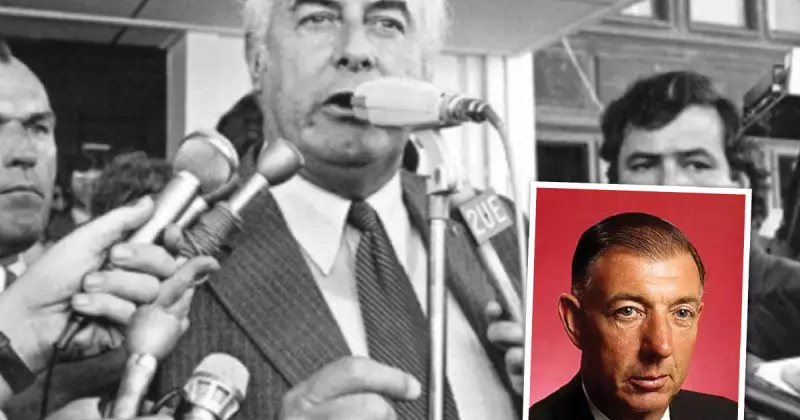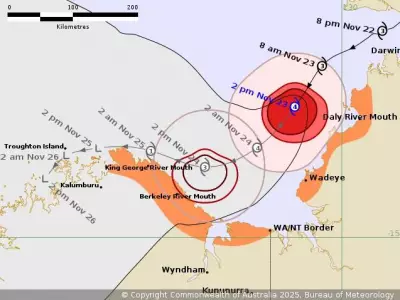
While most Novocastrians rush through their daily commute, few realise that the city's transport headaches could have been solved decades ago by one forward-thinking visionary. Charlie Jones, a name largely lost to history, proposed transport solutions so advanced that they're only now being considered seriously.
The Man Ahead of His Time
Charlie Jones wasn't your typical transport planner. Working during the mid-20th century, he saw a future for Newcastle that few of his contemporaries could imagine. While others focused on immediate fixes, Jones was mapping out a comprehensive transport network that would serve the city for generations.
Revolutionary Ideas That Were Ignored
Jones proposed what seemed like radical concepts at the time, including integrated bus and rail systems, pedestrian-friendly city centres, and forward-thinking infrastructure planning. His most controversial suggestion involved preserving and enhancing Newcastle's rail line at a time when many were calling for its removal.
"He understood that transport wasn't just about moving people from A to B," says a local historian. "Jones saw it as the skeleton around which a healthy city grows."
The Legacy That Lives On
Today, as Newcastle grapples with modern transport challenges, many of Jones's ideas are being rediscovered. Urban planners are now implementing concepts he championed half a century earlier, proving that true vision transcends time.
What We Can Learn From Jones's Vision
- Long-term planning beats short-term fixes
- Integrated systems work better than isolated solutions
- Community needs should drive transport decisions
- Visionary thinking deserves consideration, even when unconventional
Jones's story serves as a powerful reminder that sometimes the solutions to our current problems were proposed years ago by people who dared to think differently. As Newcastle continues to evolve, perhaps it's time to look back at visionaries like Charlie Jones for inspiration in building the city's future.
The lessons from Jones's overlooked career remain relevant for cities across Australia facing similar transport and urban planning challenges today.





